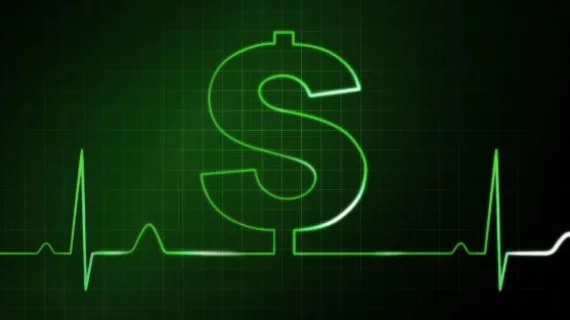Cardiology salary update: New report examines pay gap between male and female cardiologists
Male cardiologists earn approximately 15% more than their female counterparts, according to the 2020 Medscape Cardiology Compensation Report. While men earn an average of $449,000, women earn an average of $386,000. This number is lower than the combined pay gaps for all specialists (33%) and all primary care physicians (25%).
Medscape’s annual physician compensation report, published on May 14, found that cardiologists had an annual salary of $438,000, No. 4 among all specialties. That report also included bonus information for all specialties, and cardiology had an average incentive bonus of $63,000, good for No. 6 overall.
This new cardiology-focused report provides additional details about the specialty. For instance, looking closer at that $63,000 average incentive bonus, Medscape noted that 37% of respondents achieved the full amount. And while 65% of respondents said the number of hours they work is not influenced by incentive bonuses, 35% said it leads to working increased hours—and 1% said it leads to working decreased hours. These numbers are similar to the overall percentages for physicians.
These are some other key points from the survey:
- Male cardiologists spend more time seeing patients per week (42.6 hours) than female cardiologists (36.9 hours)
- Cardiologists spend 16.9 hours per week on paperwork, putting the specialty near the top of the ranking
- Just 15% of cardiologist claims end up being denied or have to be resubmitted
- While 42% of cardiologists plan on participating in the Merit-based Incentive Payment System, 9% plan on participating in an alternative payment model
- The high number of rules and regulations is considered the most challenging part of the job by 30% of respondents. No. 2 on that list is the long work hours
Medscape’s data included responses from more than 17,000 physicians, and 4% of all responses came from cardiologists. Data collection was complete in February 2020, before the COVID-19 pandemic changed the entire U.S. healthcare system, but these findings still shed plenty of light on the state of cardiology in 2020.

